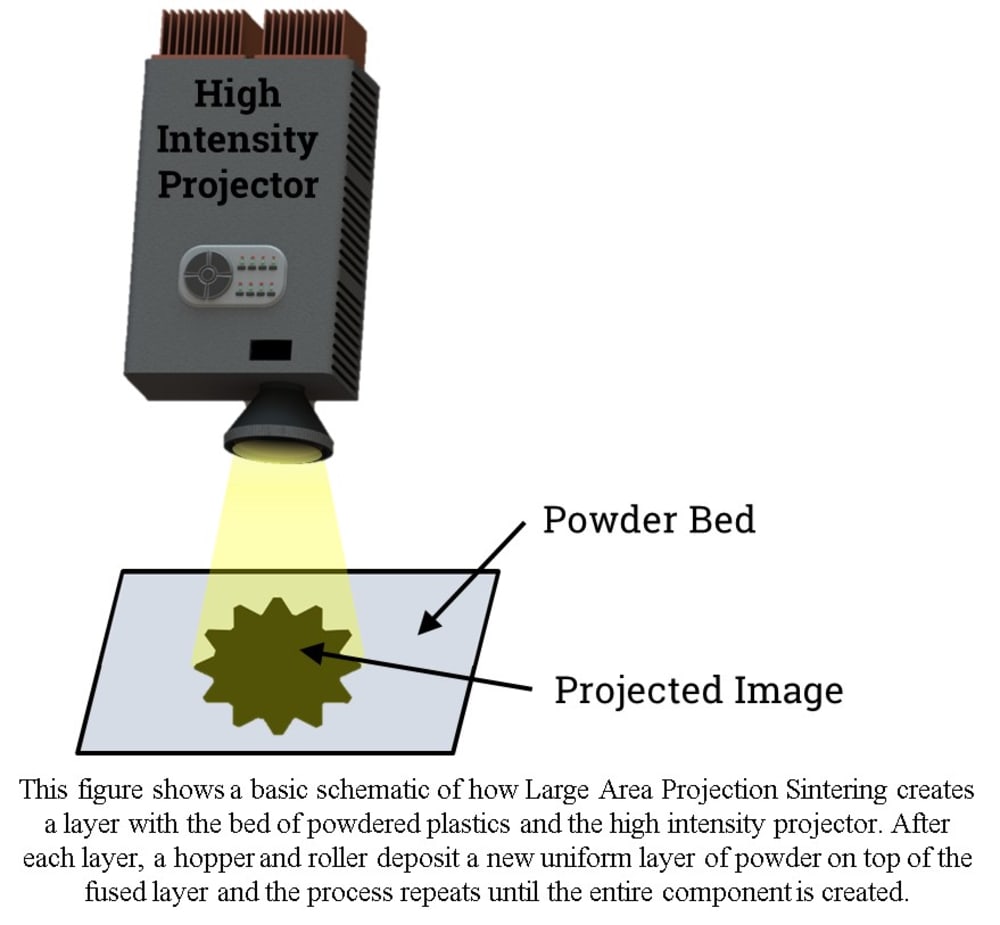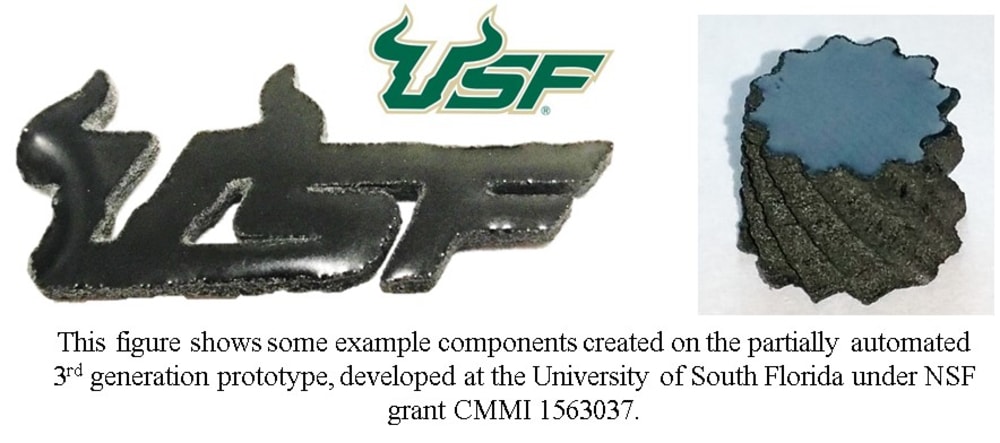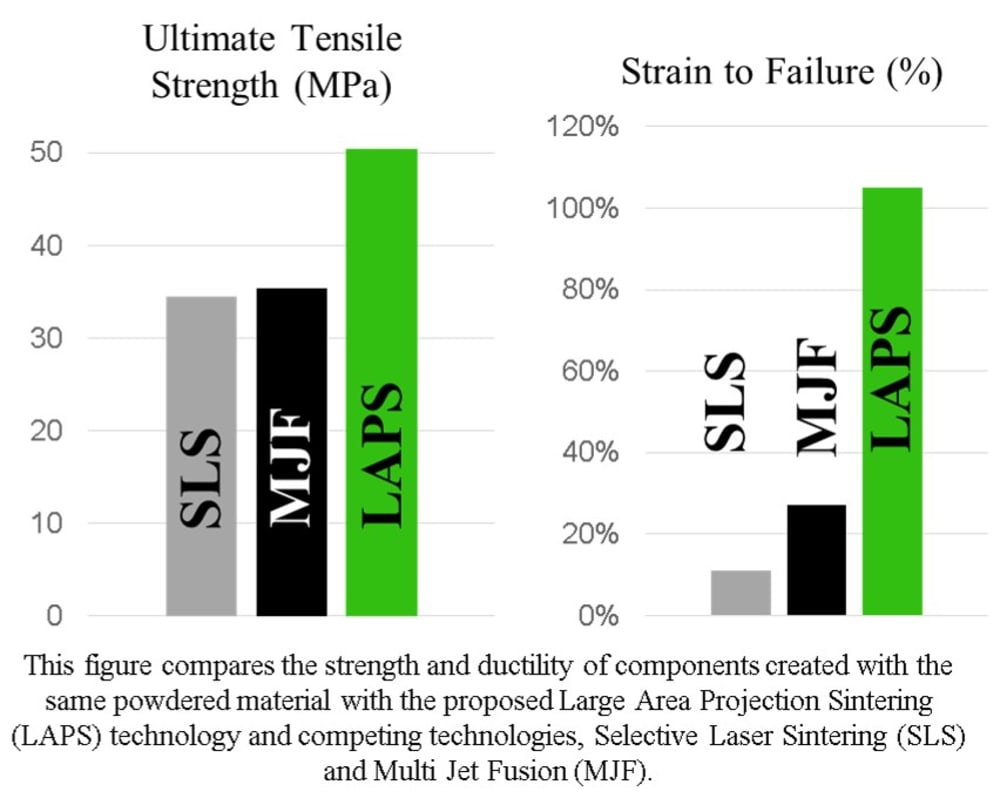
3D printing (additive manufacturing) is enabling dramatic changes around the world today and is affecting almost every industry in one form or another. From design to prototyping and manufacturing to quality control, 3D printing is creating a paradigm shift by disrupting traditional manufacturing as we know it. Additive manufacturing offers many advantages over traditional manufacturing methods, such as the ability to rapidly manufacture prototypes or functional components, create highly complex objects without increasing the manufacturing cost or time, and through the reduction in inventory and waste, to name a few. While this creates many new opportunities, the mechanical properties of the parts created with additive manufacturing are often inferior to traditionally manufactured components, are extremely limited in the materials they can use, and produce parts at relatively slow production speeds.
To additively manufacture a component, a digital model is digitally sliced into 2D layers. The printer recreates each of these layers sequentially, one on top of the other until the final component is reproduced. The proposed technology, called Large Area Projection Sintering (LAPS), is an additive manufacturing technology which creates entire 2D layers simultaneously with high strength engineering plastics. This technology is a powderbed fusion process, meaning that it utilizes a bed of powdered plastic, on top of which a high intensity image is exposed by a custom projector. Where the high intensity image strikes the powder bed, the material in that area melts, fuses together and resolidifies. Rather than fusing or forming material at a single point which must be rastered (scanned) over the surface like conventional additive manufacturing, this technology fuses the entire layer all at once.
The layer-wise method of fusing material offers many advantages over other additive manufacturing methods. For example, as the build area is scaled up to make a larger quantity of parts or bigger parts, the time it takes to create them doesn’t change. This means that as the technology is scaled to larger sizes, it can compete in manufacturing throughput rates with more traditional methods of manufacturing while still providing all the benefits of additive manufacturing. Additionally, the material if fused over the course of a few seconds, rather than in microseconds as occurs in selective laser sintering, this allows more time for the powdered material to melt, flow, form a dense structure and for the polymer chains to entangle. Most plastics will not form a dense structure in additive manufacturing processes because of its inability to quickly flow when molten and is one of the main constraints which restricts the material palette available to additive manufacturing. Furthermore, the components created with this technology are 30% stronger and have approximately 360% higher elongation to failure using the same material used in other additive manufacturing systems.
The 4th generation prototype is currently undergoing design and fabrication to offer full automation capabilities and pilot studies with industrial manufacturers. Business and product development is progressing with the leadership of Innovation Crossroads, an entrepreneurial incubator situated at Oak Ridge National Laboratory in their Manufacturing Demonstration Facility.
-
Awards
-
 2018 Top 100 Entries
2018 Top 100 Entries
Like this entry?
-
About the Entrant
- Name:Justin Nussbaum
- Type of entry:individual
- Software used for this entry:Solidworks, MATLAB, Python, Arduino IDE
- Patent status:pending








